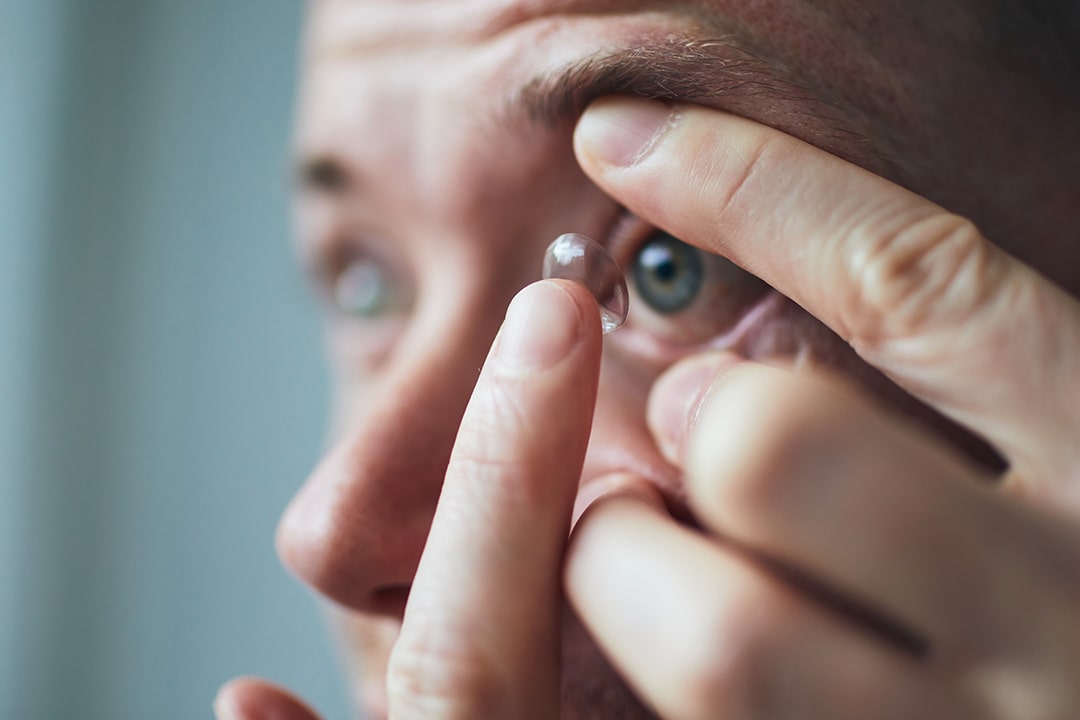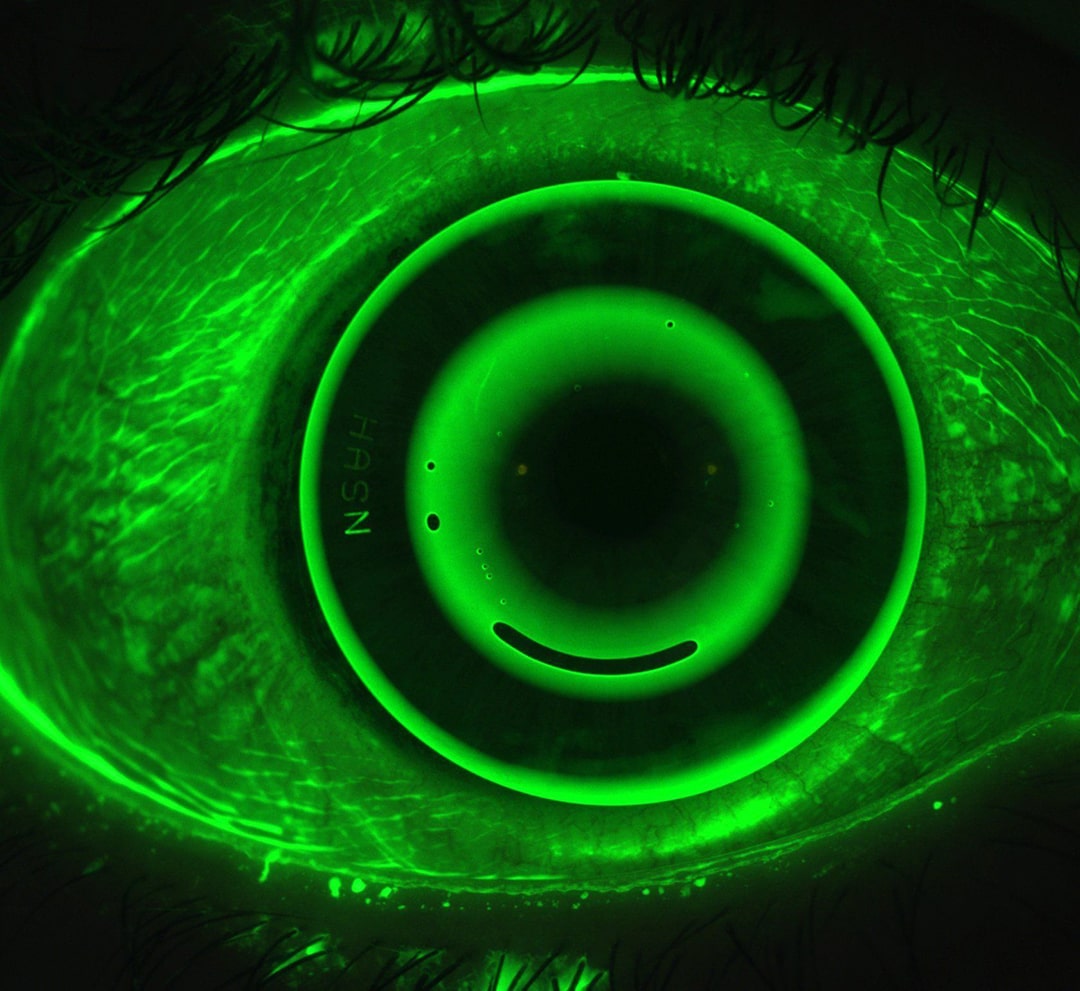Best Lens for Myopia Management

Pick Your Fit – What is the “Best Lens” for Myopia Management?
As you know, myopia is on the rise worldwide. In fact, the World Health Organization estimates that half of the world’s population may be myopic by the year 2050. While that’s quite alarming, there is good news. You can help your patients slow the progression of myopia by suggesting simple life hacks. Talk to them about taking breaks from their computer screen, spending time outdoors in natural light, and getting a good night’s sleep.
But what if the patient already has a myopia diagnosis? The most recent post in our Did You Know (DYK) series looks at whether practitioners can alter the course of their patient’s nearsightedness.
DYK myopia management is possible?
Corrective lenses are a tried-and-true method for managing vision impairments. But how do you know which treatment option is best for your patients? And if your patient decides on corrective lenses, how can you determine which lens type would be the best option?
First, let’s look at the more common methods for myopia correction – orthokeratology (ortho-k) and multi-focal corneal gas-permeable (GP) lenses. Ortho-k lenses are worn overnight and offer lens-free days, while multi-focal lenses are more commercially available and widely understood.
The truth is, we can’t tell you what the best lens is to use for myopia management. But we can give you a tool and a few tips to help you along the way.
Start with the shape.
Eye shape may make a difference in determining which type of lens to prescribe. Practitioners can use eye shape tools in their assessment.

Pre-fit the lens.
Whether you and your patient decide on ortho-k or multi-focal lenses, getting the right fit is key. Use corneal topography to obtain large accurate images. Ortho-k lenses are larger than GP lenses and benefit from being built by a lot of peripheral data. No matter the eye shape or the lens type, limbus to limbus, composite imaging can assist with collecting and analyzing the data required in your ortho-k or pre-fitting exams.
Keep the conversation going.
No matter which treatment option you and your patient chose, follow-up care will go a long way in correcting your patient’s vision. First, use the ortho-k post-fit screen to see if the correction is working. Then, no matter the lens, talk to your patient about their dedication to the treatment. Some may get distracted or discouraged by corrective lens use. Establishing open-ended conversations about treatment modalities and effectiveness may help patients feel in control of their eye health. And ultimately, patient buy-in is the best myopia correction option.
See Clearly.
We know that ortho-k or multifocal GP lenses aren’t the only treatment options out there. So what are some of the most effective treatments that you’ve used in your practice? Share them and this post on social using the links below. While you’re there, please give us a follow on LinkedIn and Facebook for more #DYK tips. And if you’re in search of a new tool to optimize your optometry practice, schedule a demo of the medmont meridia™ Advanced Topographer today.
